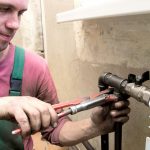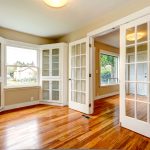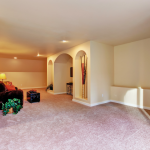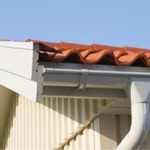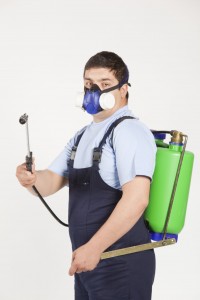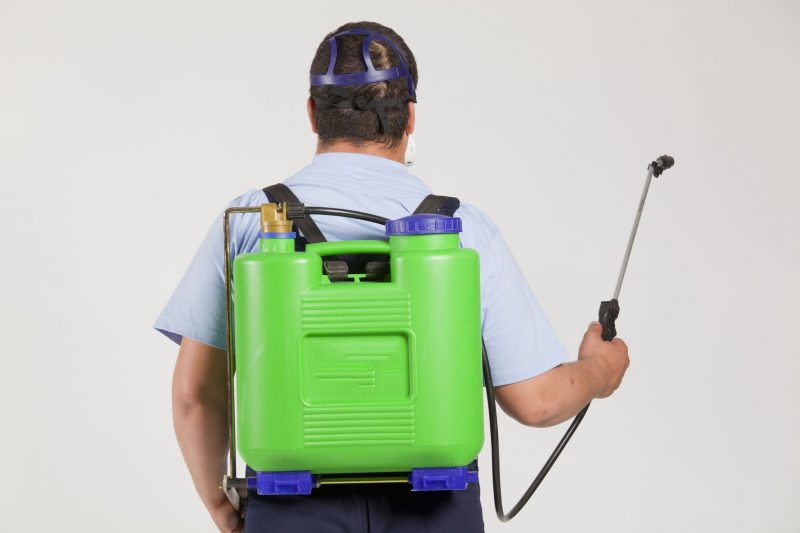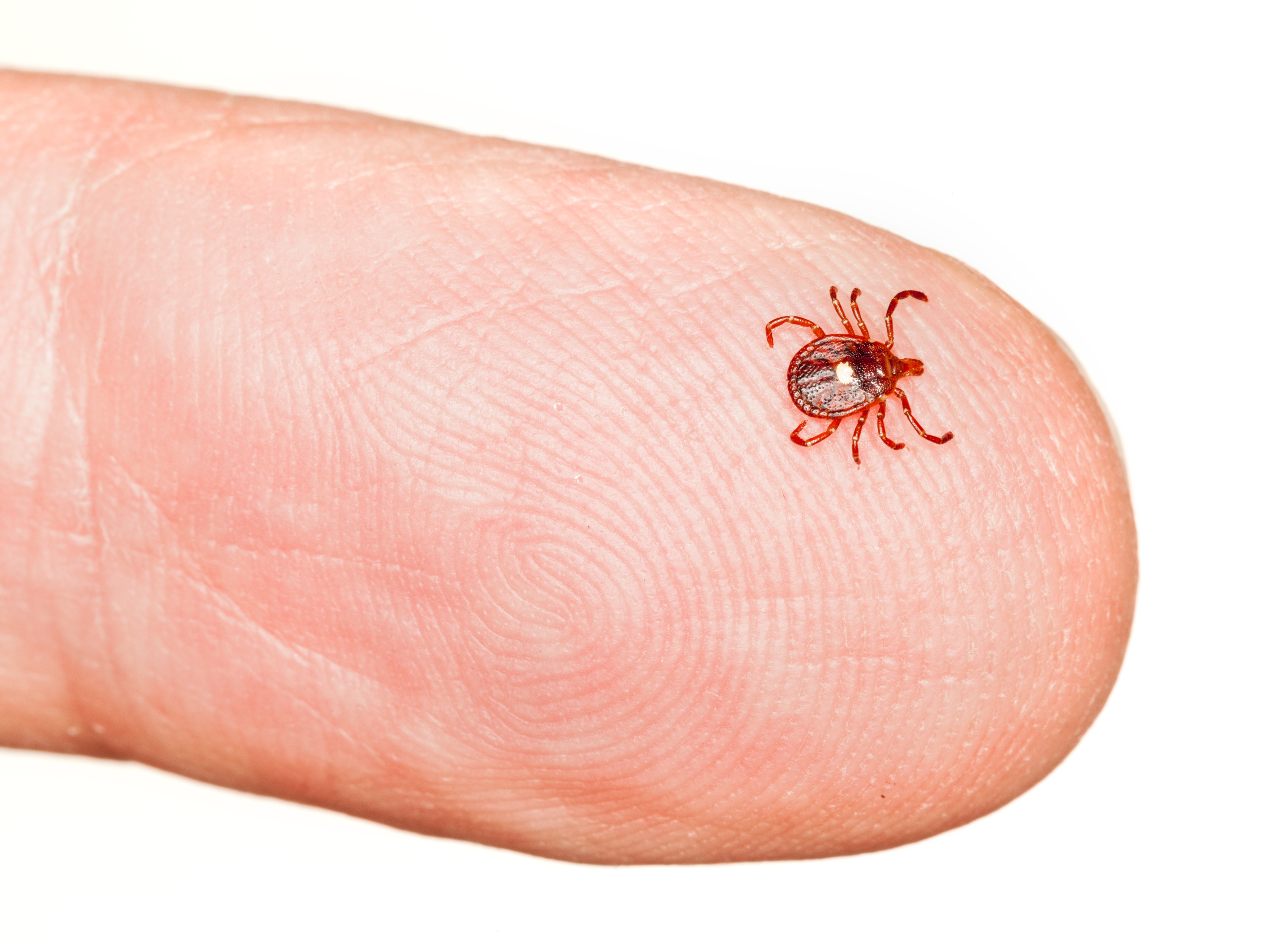Although most bats are endangered species, it can be dangerous for you and your pets if you let them live in your home. Bats can carry rabies and parasites like fleas which can get into the rest of the house. They also produce very smelly guano.
If your neighbor tells you that bats are coming out of your home at night, take it seriously. Do not try to remove the bats yourself. Contact Wildlife Removal Janesville experts to get rid of the bats without harming these remarkable creatures. Here are some tips to keep bats from getting into your home.
Roof Inspection
According to North Carolina State University, bats can squeeze into openings as small as inch in diameter. Older roofs with warped or cracked materials make perfect entrances for bats. Get a roof inspection to see if there are holes in your roof, eaves, chimneys and fascia boards. If there are holes, they need to be fixed immediately.
If you cannot check your own roof, you must hire a contractor or Wildlife Removal Janesville specialist to do so. Do not risk going up on the roof if you physically cannot do so. Let the experts handle it.
Check Windows and Doors
Bats have been known to gain entry into a home by flying through cracks in windows, window frames, doorframes or damaged screen doors. Any damage needs repairs as soon as possible, such as caulking up holes. Not only will repairs help keep out pets, but other animals and birds.
Also check windows and doors of any outbuildings like pool changing rooms or garden sheds. Bats may initially go into these places in search of prey and then discover that it’s a nice place to roost.
Check Utility Vents
Check to see how wide the gaps are for vents, plumbing, cables wires, dryer vents or any opening in your home. Make sure they are less than a quarter inch wide. Use wire mesh cloth to plug up holes.
The best time to plug up these holes is at dusk when you have seen the bats leave your home.
Older roofs with warped or cracked materials make perfect entrances for bats. Get a roof inspection to see if there are holes in your roof, eaves, chimneys and fascia boards.

